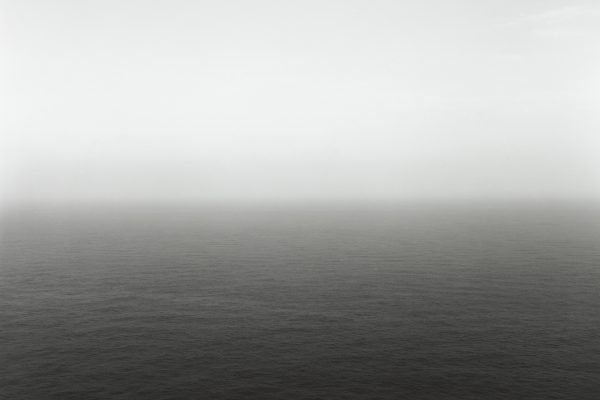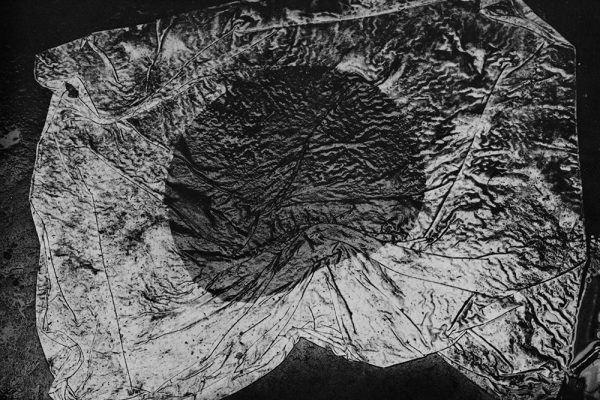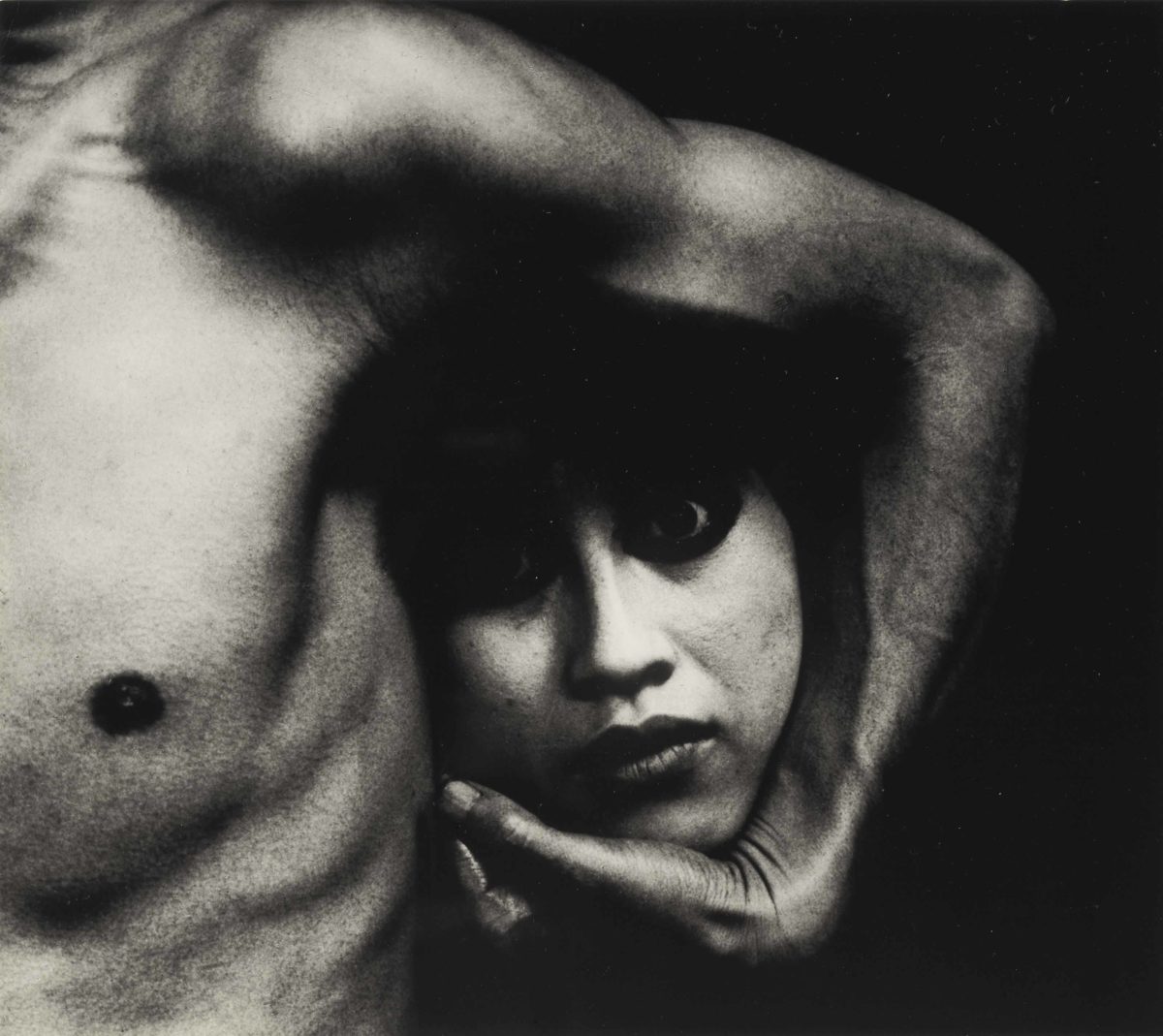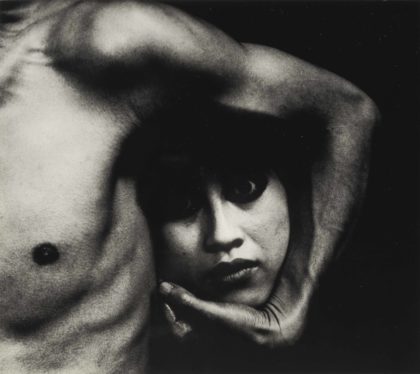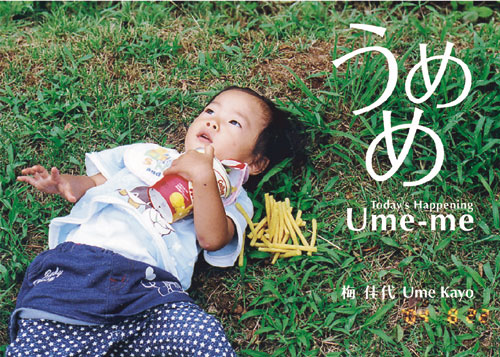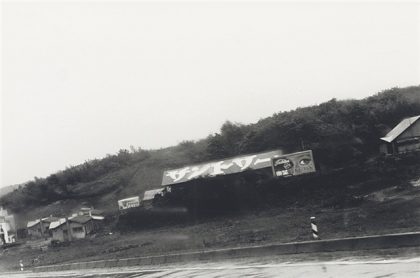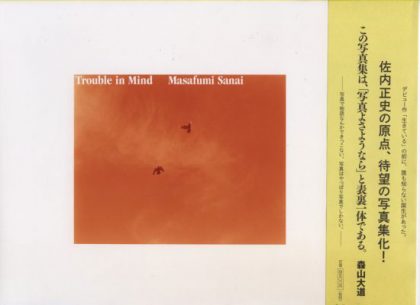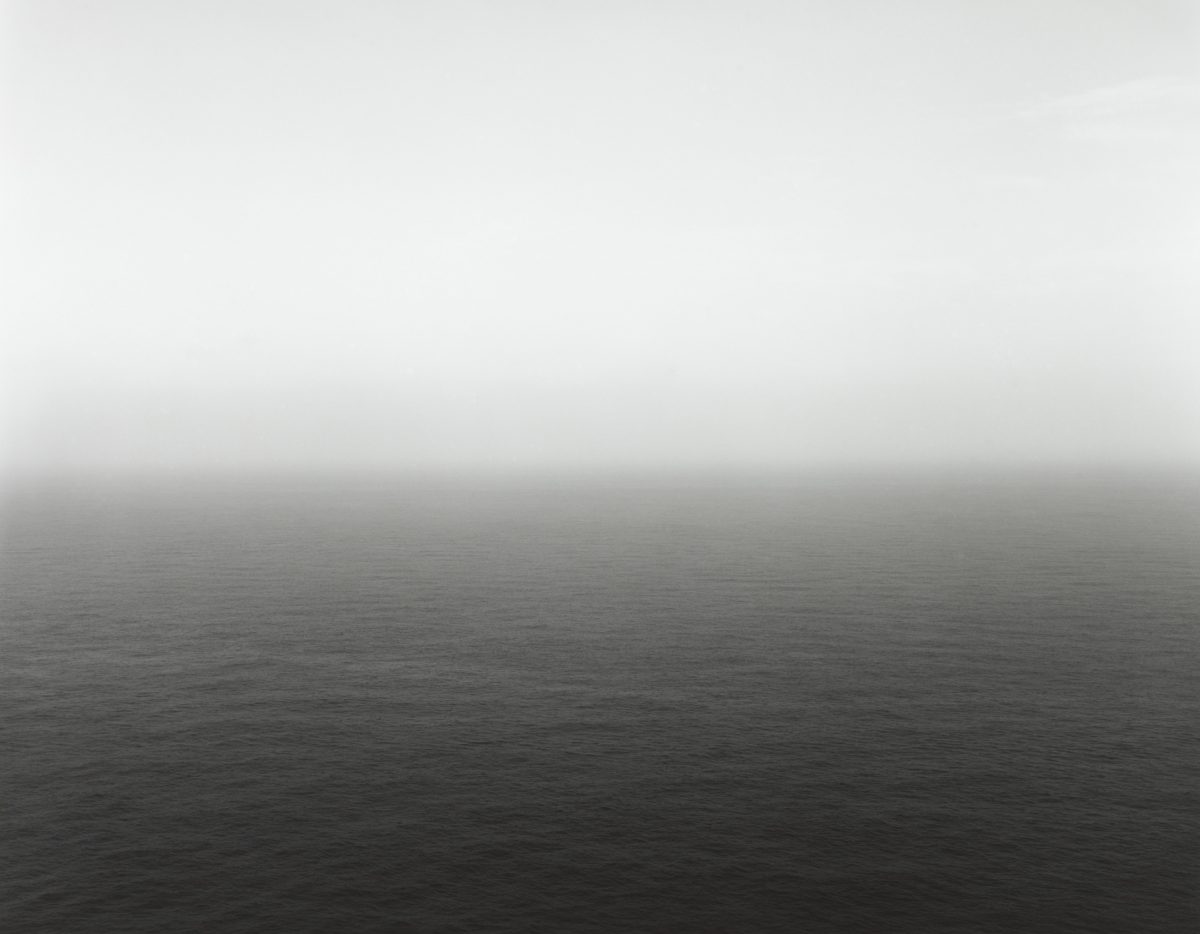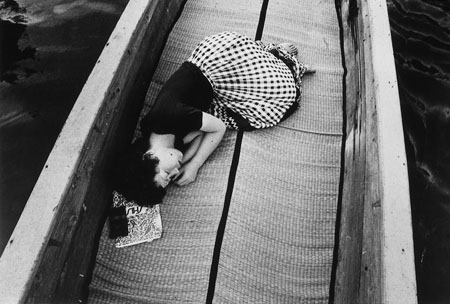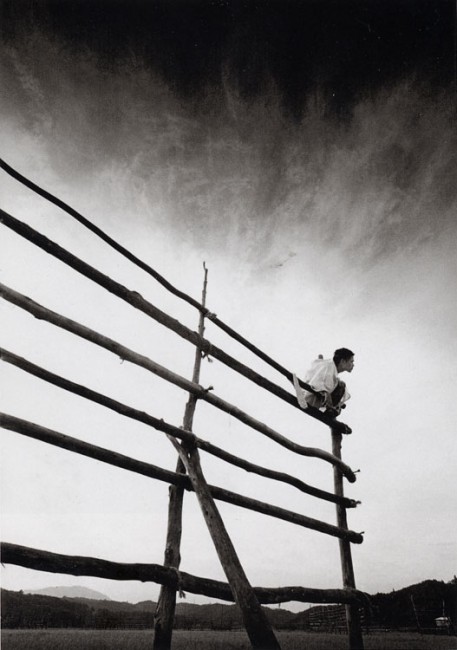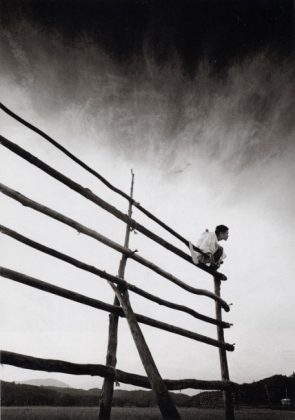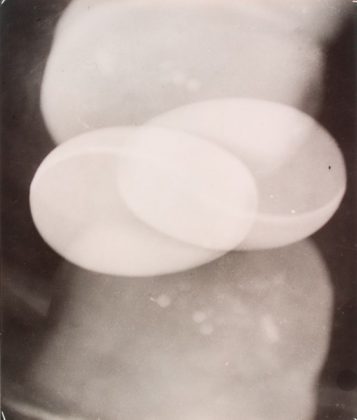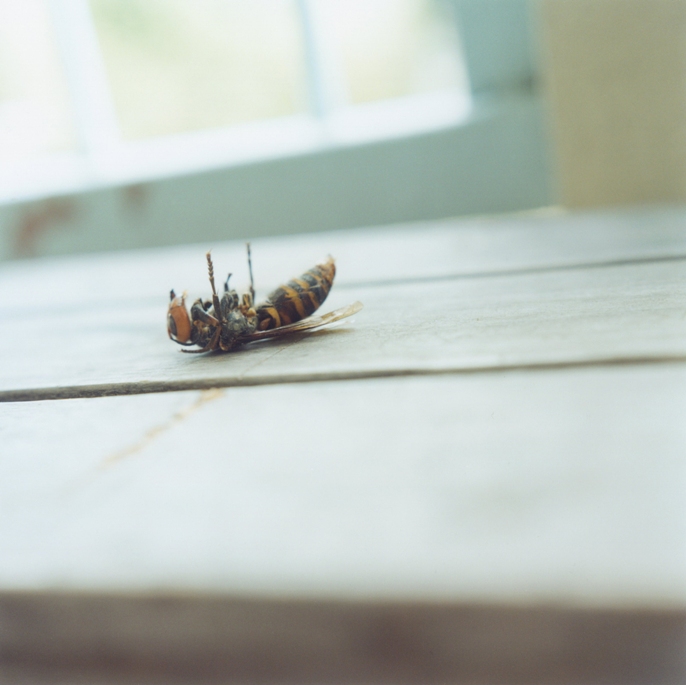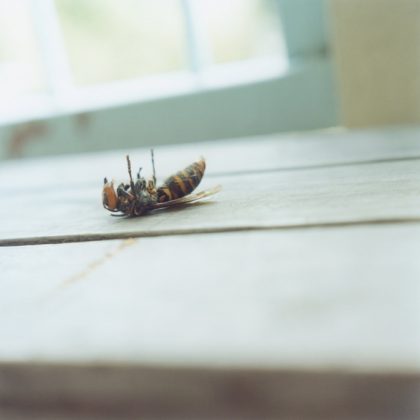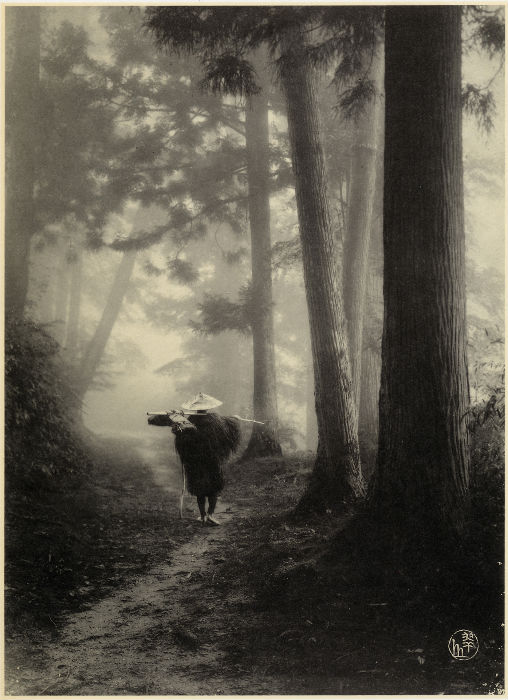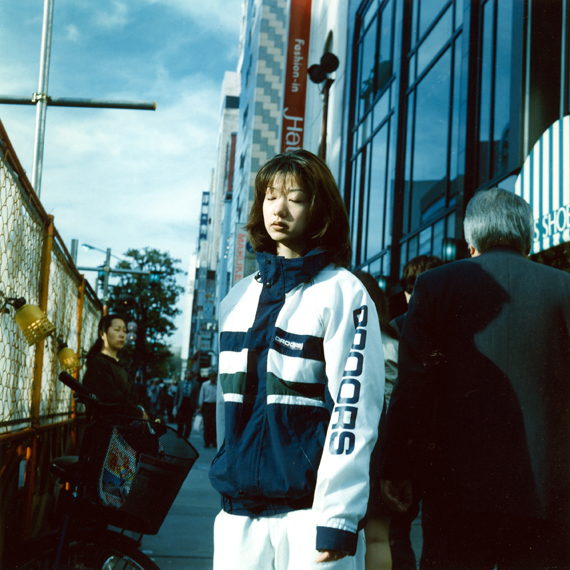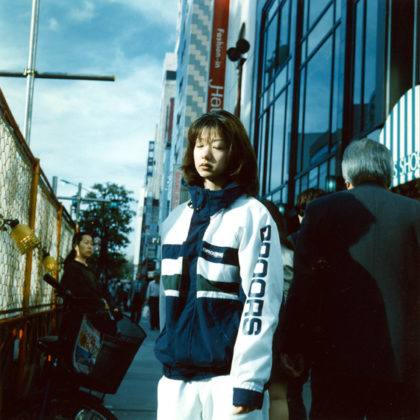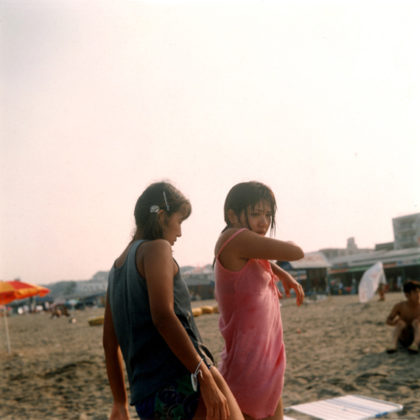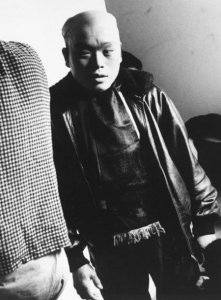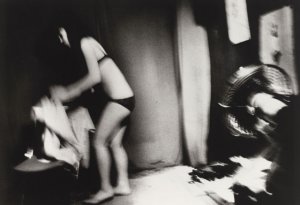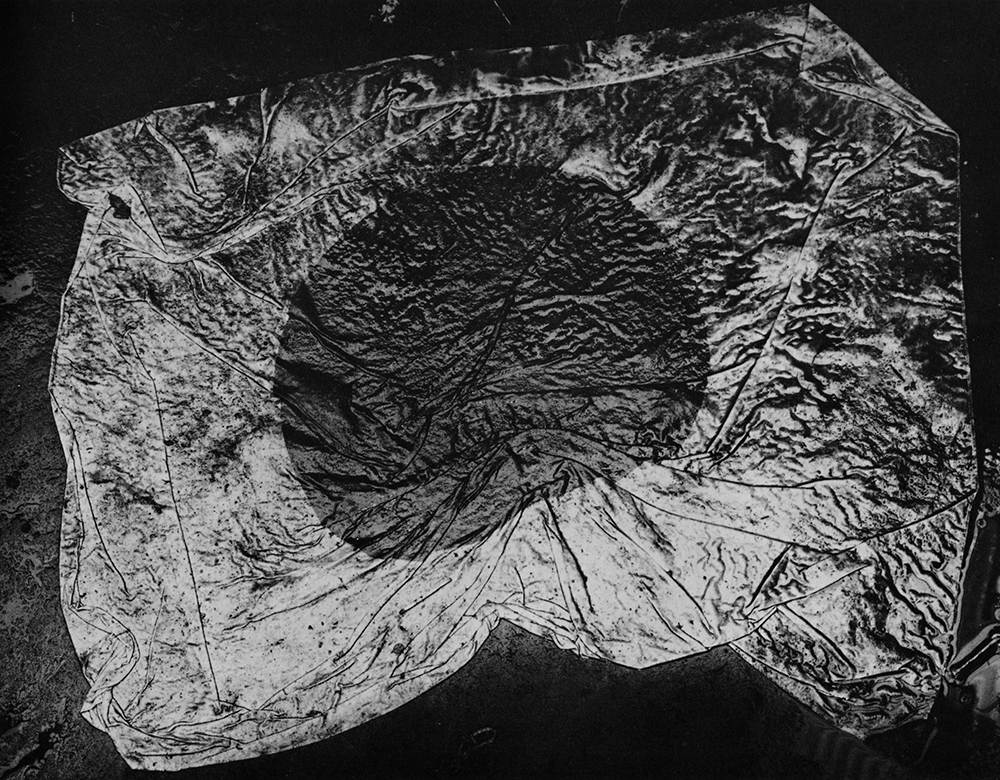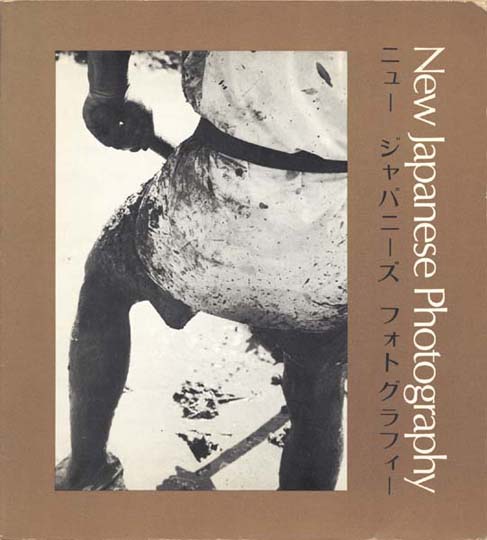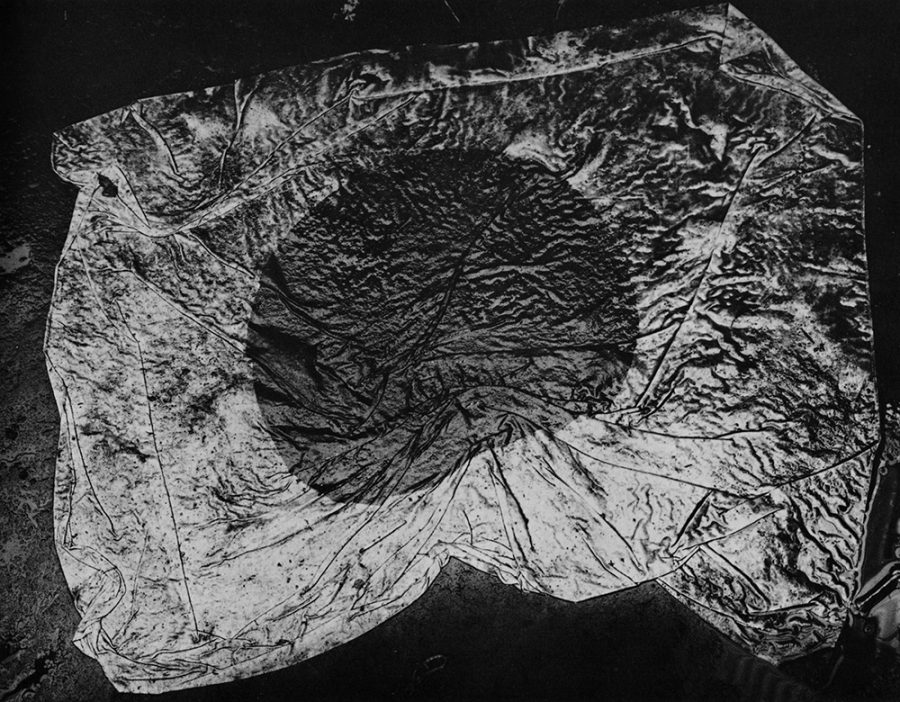TOKYO PHOTO 2009
It’s a little bit late, but for Tokyoites and current visitors to Tokyo not too late: This weekend the first photography art fair is held in Japan: TOKYO PHOTO 2009. The fair is not that big – not to say quite small with 18 galleries participating, including four galleries from the USA. But some of the leading Japanese galleries have a booth like Tomio Koyama Gallery, Zeit-Photo Salon, MEM or Taro Nasu.
TOKYO PHOTO 2009 endeavors to be the foremost art fair of photography in Japan. The venue is located in the heart of international business and culture in Tokyo. To be held from September 4 to 6, Tokyo Photo 2009 will provide visitors with a unique opportunity to see and buy a wide range of photographic works from vintage prints to cutting-edge digitally enhanced images.
It would be great if this first photography fair would be successful and would be repeated in the upcoming years. Until now we have two major photography fairs, Paris Photo in Europe and the AIPAD Photography Show New York in the USA. I think a successful third fair in Asia would be an important tool to promote photography in Japan and nearby countries like China or Korea whose photography scenes are growing, but in which the market for photography still needs development. But of course, for these galleries from other Asian countries need to be included in future photography fairs…
THE PROVOKE ERA – Postwar Japanese Photography
I would love to see this show which opens on September 12 at the San Francisco Museum of Modern Art. The show is curated by Sandra S. Phillips, senior curator of photography at the SFMOMA. Sandra did already the two fabulous travelling exhibitions which introduced leading Japanese photographers to the West: Daido Moriyama in 1999 and Shomei Tomatsu in 2006.

